America’s Broadband Networks Continue To Grow: A Year In Review
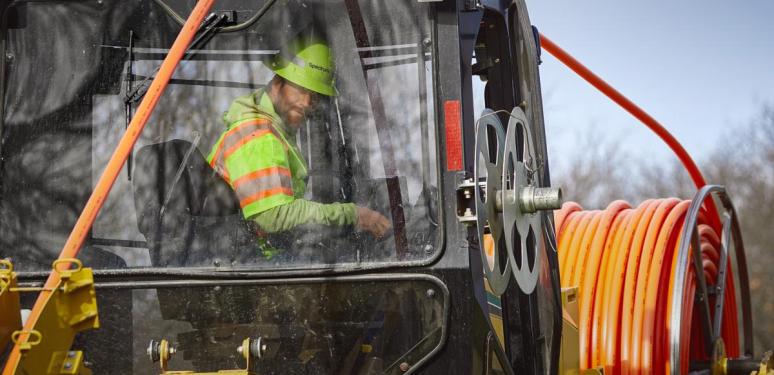
In 2024, cable providers expanded high-speed internet access nationwide, connecting more communities than ever.
Rural Virginia County Thrives With Broadband
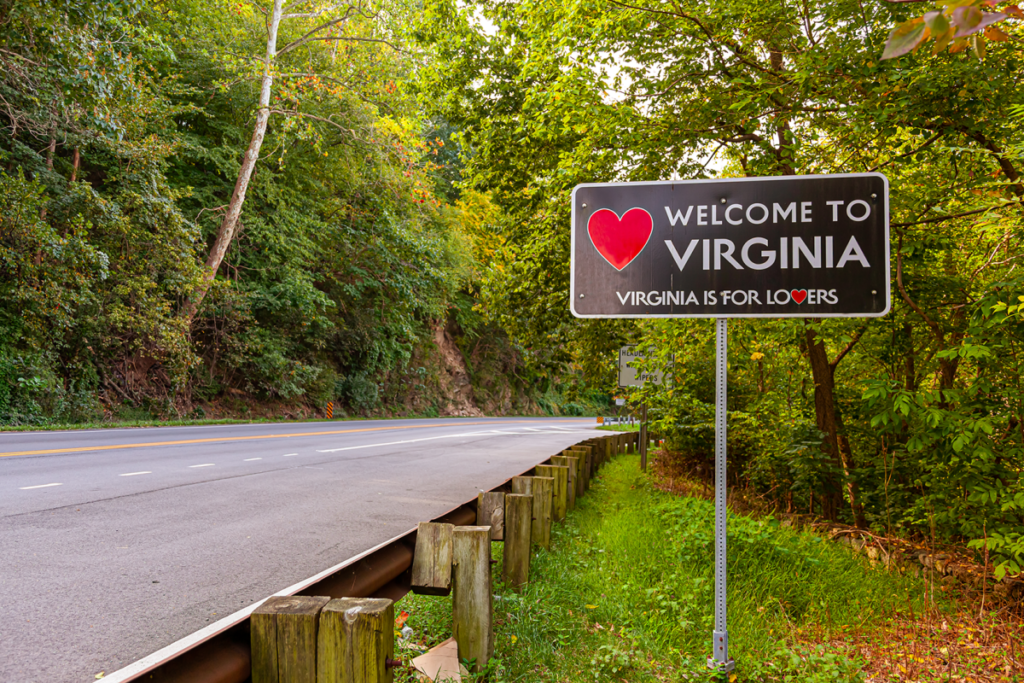
Highland County, Virginia Community Leader Speaks to the Importance of Broadband Access The $42 billion in federal Broadband Equity, Access, and Deployment (BEAD) funds is a clear nod to the critical role that broadband access plays in today’s digital world. The Federal Communications Commission (FCC) estimates that, even with the tremendous progress ISPs have made this past decade, there are still nearly 8 million Americans without access to the internet. Many of these folks live in the country’s hardest-to-reach, rural areas, where the cable industry works day-in and day-out to extend
How Cox is Enabling a 'SmartBiz Virginia'
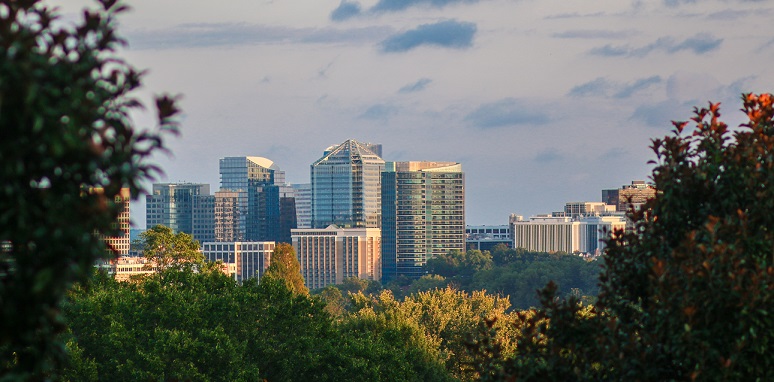
Smart city initiatives aren't new but as technology advances so does the ability of these projects to improve economic development, communication, efficiency, sustainability and quality of life. One key technology advancement is the gigabit broadband networks now widely available throughout America, with superfast 10G networks just around the corner. Virginia's Approach One of the country's leading smart city initiatives takes place in Virginia, where Cox Communications is a trusted partner to many businesses, schools, civil leaders, and innovators. "Virginia was the birthplace of Cox's
The Right Way to Bring Broadband to Rural Communities
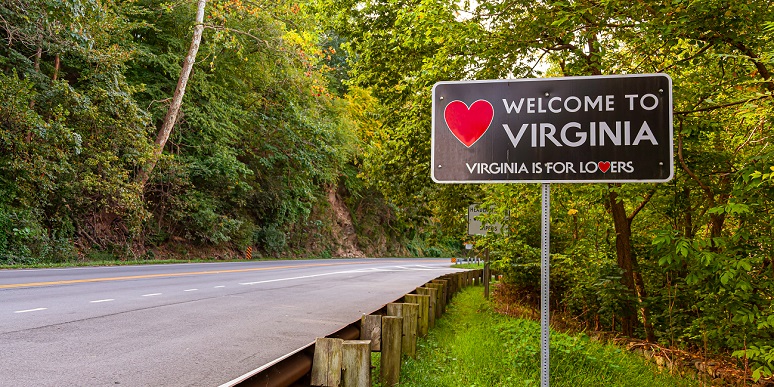
Across rural America, from the most remote areas of Alaska to the grain silos of Minnesota, cable internet service providers (ISPs) continually build out their broadband networks to connect as many unserved Americans as possible. Why it matters: In today's world, a high-speed broadband connection is a must-have for everything from education, business, healthcare, entertainment, job searching, to communicating with loved ones. Simply put, broadband is today’s opportunity infrastructure. Go deeper: Virginia is one example where multiple experienced ISPs are working to ensure that hard-to-reach
How Virginia is a Rural Broadband Success Story
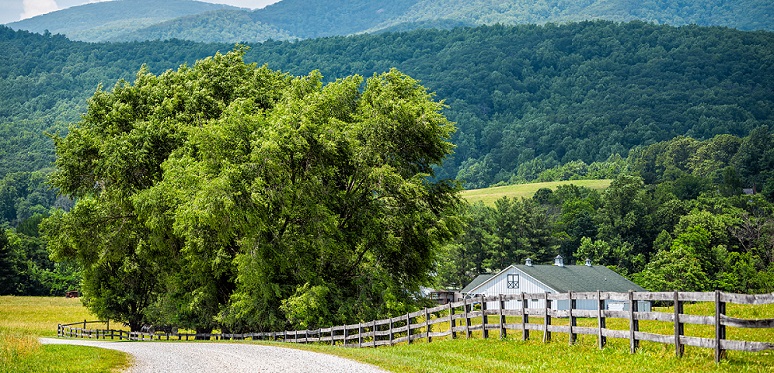
Nationwide, cable internet service providers (ISPs) have long invested billions of their own dollars to continually expand their networks to the country's most rural areas to reach communities that lack broadband connectivity. But in remote regions where miles of land between homes and businesses can make it cost prohibitive to rely on private capital alone, ISPs have forged a myriad of public-private partnerships that utilize federal, state, and local funding for broadband buildouts. The state of Virginia is one leading example that portrays these kinds of collaborative efforts and
Charter Brings High-Speed Broadband to Virginia's Unserved
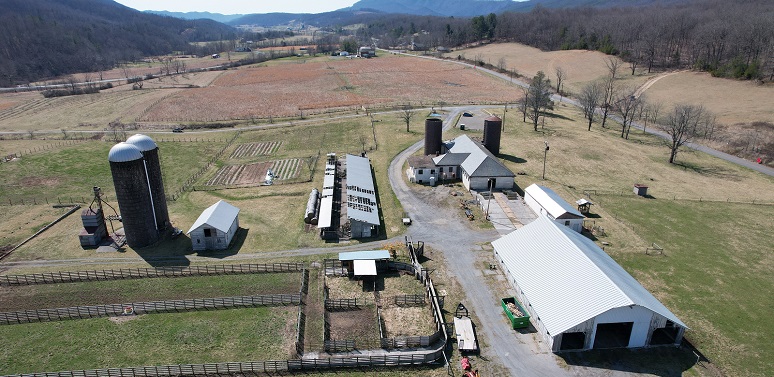
In the near future, and with the presumption that the country's largest investment ever in broadband deployment ($42.5 billion) will be targeted to those areas most in need of internet service, cable internet service providers (ISPs) will get the chance to finish the job that they started—which is to give every American access to a high-speed broadband connection. But even while disbursement is still underway, ISPs continue to pursue various avenues in order to make buildouts possible in hard-to-reach areas where communities remain unserved and broadband deployment proves costly. Through
How Cable ISPs Are Expanding Broadband Access in Rural Virginia, Part 2
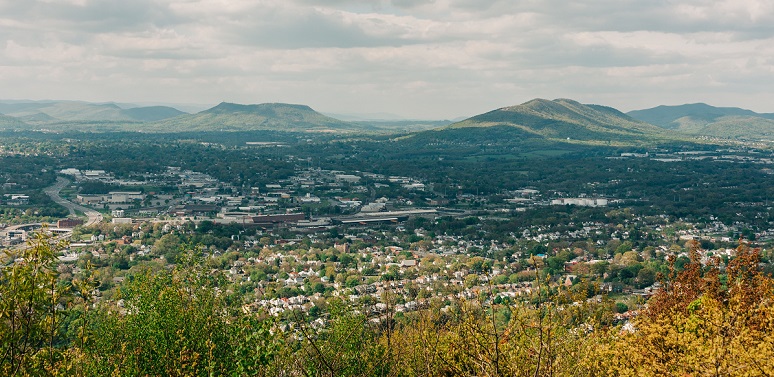
Cox's Public-Private Partnerships Help to Close the Digital Divide in Underserved Virginia As millions of Americans have experienced during the COVID pandemic, broadband has become an indispensable service for participating in everyday activities. The recently enacted infrastructure bill validated this assertion with the inclusion of $65 billion to expand broadband access. But cable internet service providers have for decades invested their own capital into building out networks to connect more homes with broadband service. Yet there are still communities where a broadband network hasn't
How Cable ISPs Are Expanding Broadband Access in Rural Virginia, Part 1
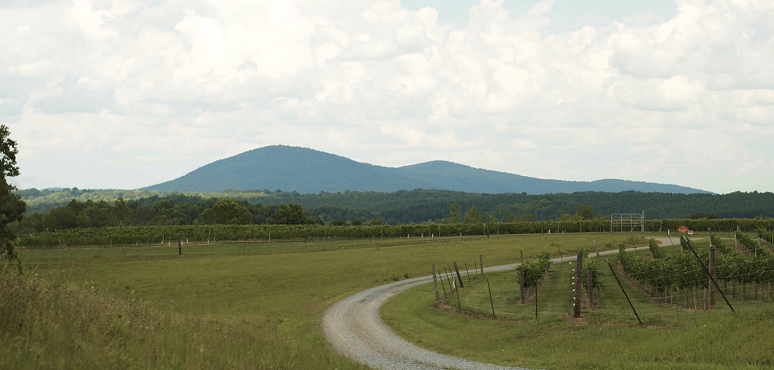
Comcast Secures Rural Buildouts Through Different Approaches Last year's $1.2 trillion federal infrastructure package accentuated the national priority of building broadband networks to reach unserved communities. Cable internet service providers (ISPs) understand better than anyone how challenging it can be to connect people who live in these hard-to-reach areas. In fact, cable ISPs invest billions of their own dollars to make that happen every year. But federal programs and state grants dedicated to funding broadband deployment are especially critical to accomplishing the goal of reaching
Charter Brings 'Big Internet' to Virginia's Eastern Shore
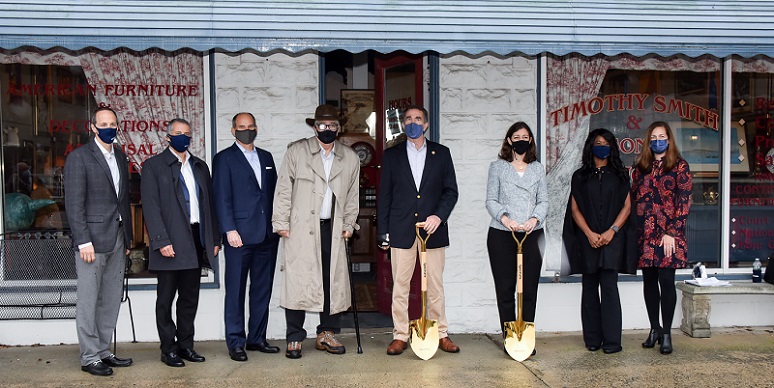
There was a time when Timothy Smith, the owner of an antique appraisal, restoration and woodworking shop in Onancock, Virginia, struggled in his day-to-day work because of a slow and unreliable internet connection. Not only was it a challenge for Smith to hear customers on the other end of the phone, but he also found himself waiting far too long for internet images to load. Smith's business–Timothy Smith & Sons–specializes in woodworking and antique restoration services for prestigious institutions, historical societies, government agencies, and private clients in the Mid-Atlantic region
Six Ways Broadband Leaders are Transforming Rural America
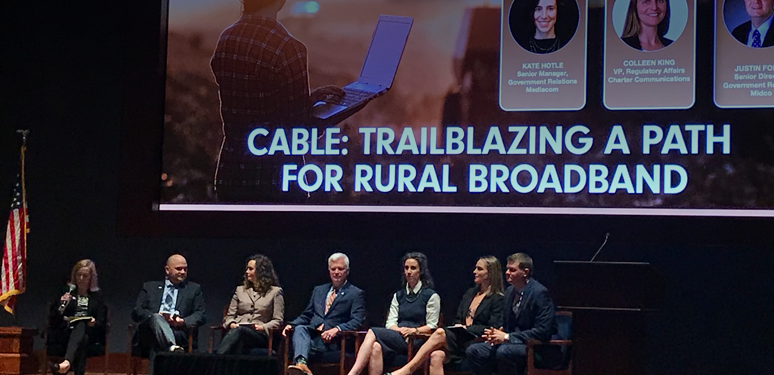
Earlier this week, NCTA, in partnership with the Rural Broadband Caucus, hosted a panel discussion in Washington, DC, where member companies shared programs and initiatives they are implementing to expand high-speed broadband networks, including gigabit service, to underserved areas. "If we're going to make any progress in revitalizing rural America, then broadband is just bottomline essential. It is not a red state/blue state deal," said Rep. Peter Welch (D-VT), co-chair of the caucus, in his opening remarks. "It's about making that decision we made in the 1930s when we electrified America

